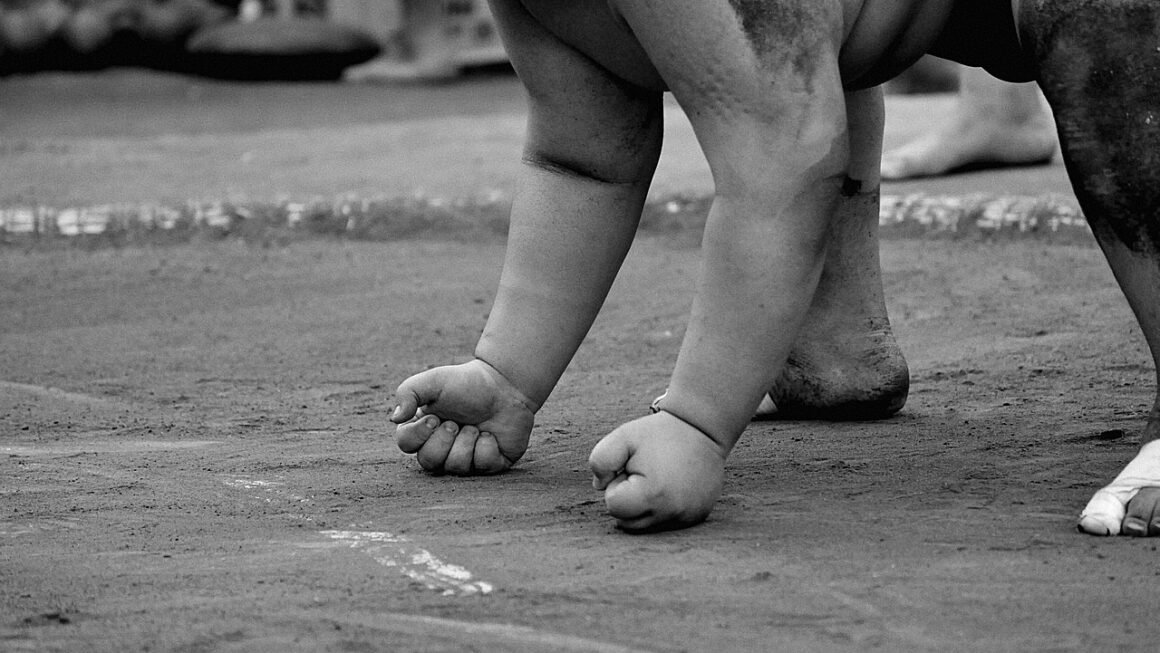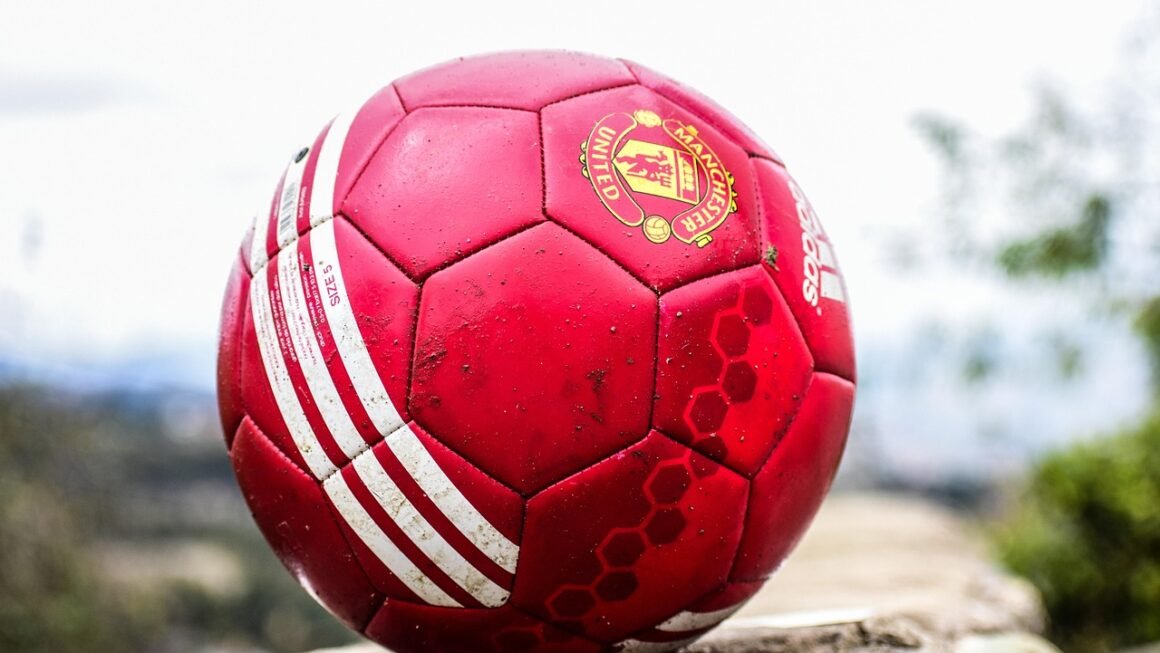Skiing is more than just gliding down a snow-covered mountain; it’s an exhilarating dance with nature, a challenging workout, and a way to connect with stunning winter landscapes. Whether you’re a seasoned pro carving perfect turns or a beginner taking your first tentative steps on the slopes, skiing offers an unparalleled experience. This comprehensive guide will take you through everything you need to know to embrace the joys of skiing, from choosing the right equipment to mastering essential techniques and staying safe on the mountain.
Gear Up: Essential Ski Equipment
Selecting the right equipment is crucial for both performance and safety. Improper gear can lead to discomfort, hinder your progress, and even increase the risk of injury.
Skis: Finding the Perfect Fit
- Types of Skis: Different types of skis cater to various terrains and skill levels. All-mountain skis are versatile and suitable for most conditions, while powder skis are wider and designed for deep snow. Carving skis are narrower and excel on groomed runs.
Example: A beginner would benefit from a shorter, softer all-mountain ski for easy turning, while an expert seeking powder thrills would need a wider, longer powder ski.
- Length: Ski length is typically determined by your height, weight, and skill level. Generally, beginners should opt for shorter skis that are easier to control, while more experienced skiers might prefer longer skis for stability at higher speeds.
Example: A 5’8″ intermediate skier might choose skis between 160cm and 170cm in length.
- Bindings: Bindings connect your boots to your skis and are designed to release in the event of a fall, preventing injuries. Ensure your bindings are properly adjusted by a qualified technician based on your weight, height, age, and skiing ability (known as your DIN setting).
Boots: Comfort and Performance
- Importance of Fit: Ski boots are arguably the most important piece of equipment. A well-fitting boot provides comfort, control, and responsiveness. Ill-fitting boots can cause blisters, numbness, and reduced performance.
Tip: Visit a reputable ski shop for a professional boot fitting. They can assess your foot shape and recommend the best boot for your needs.
- Flex: Boot flex refers to the stiffness of the boot. Lower flex boots are more forgiving and suitable for beginners, while higher flex boots offer more control for advanced skiers.
Example: A beginner might choose a boot with a flex of 60-80, while an expert might prefer a flex of 110 or higher.
Apparel: Staying Warm and Dry
- Layering: Layering is key to staying comfortable in varying weather conditions. Start with a moisture-wicking base layer, followed by an insulating mid-layer (e.g., fleece or down), and a waterproof, breathable outer layer (ski jacket and pants).
- Accessories: Don’t forget essential accessories such as gloves or mittens (waterproof and insulated), a hat or helmet liner, and ski socks (wool or synthetic).
- Helmet: A helmet is non-negotiable. Head injuries are a serious risk in skiing, and a helmet significantly reduces the risk of serious injury.
Mastering the Basics: Essential Ski Techniques
Learning the fundamental techniques is essential for building confidence and progressing your skiing skills.
The Wedge (Snowplow)
- Description: The wedge, or snowplow, is the first technique most beginners learn. It involves pointing the tips of your skis together and applying pressure to the inside edges to control speed and direction.
- Benefits:
Easy to learn
Provides stability and control
Allows you to slow down and stop effectively
- Tip: Practice the wedge on gentle slopes until you feel comfortable controlling your speed and direction.
Parallel Skiing
- Description: Parallel skiing involves keeping your skis parallel to each other while turning. This technique is more efficient and allows for smoother, more controlled turns.
- Progression: Start by widening your stance slightly and gradually bringing your skis closer together as you become more confident.
- Tip: Focus on shifting your weight onto the outside ski during turns.
Edge Control
- Description: Edge control involves using the edges of your skis to grip the snow and control your direction. This is a fundamental skill for all levels of skiing.
- Practice: Practice edging by tilting your knees and ankles in the direction of the turn. The more you tilt, the more aggressively you will engage the edge of your ski.
Safety First: Staying Safe on the Slopes
Skiing is an inherently risky sport, but taking proper precautions can significantly reduce the risk of injury.
The Skier’s Responsibility Code
- Understanding the Code: Familiarize yourself with the Skier’s Responsibility Code, a set of guidelines that promote safety and etiquette on the slopes. Key points include:
Skiing under control
Being aware of your surroundings
Yielding to skiers downhill
Stopping in a safe place
- Example: Before starting downhill or merging into a trail, look uphill to ensure no one is approaching.
Avalanche Awareness
- Off-Piste Dangers: If you plan to ski off-piste (outside of designated runs), it’s crucial to have avalanche awareness training. Avalanches are a serious hazard in backcountry areas.
- Key steps:
Check the avalanche forecast before heading out.
Carry avalanche safety equipment (beacon, shovel, probe).
Ski with a knowledgeable partner or guide.
- Statistics: According to the Colorado Avalanche Information Center, avalanches are responsible for an average of 27 fatalities in the United States each year.
Physical Conditioning
- Preparing Your Body: Skiing requires a good level of fitness. Prepare your body with exercises that strengthen your legs, core, and cardiovascular system.
* Examples: Squats, lunges, planks, and cardio exercises are all beneficial.
- Warm-up: Always warm up before hitting the slopes to reduce the risk of muscle strains and injuries.
Choosing Your Destination: Top Ski Resorts
Selecting the right ski resort can enhance your overall experience. Consider factors such as terrain, snow conditions, lift infrastructure, and amenities.
North America
- Vail, Colorado: Known for its expansive terrain, world-class amenities, and consistent snowfall.
- Whistler Blackcomb, British Columbia: One of the largest ski resorts in North America, offering diverse terrain and stunning scenery.
- Park City Mountain Resort, Utah: Another enormous resort with a wide variety of slopes for all skill levels.
- Aspen Snowmass, Colorado: Four mountains to choose from offer something for every ability level.
Europe
- Zermatt, Switzerland: Famous for its iconic Matterhorn views and challenging terrain.
- Chamonix, France: A legendary destination for extreme skiing and mountaineering.
- Val d’Isère, France: Part of the Espace Killy ski area, known for its high-altitude skiing and lively après-ski scene.
Conclusion
Skiing is a rewarding and exhilarating sport that offers something for everyone. By equipping yourself with the right gear, mastering fundamental techniques, and prioritizing safety, you can unlock the joys of gliding down snowy slopes and experiencing the beauty of winter landscapes. Whether you’re a beginner or an experienced skier, the mountains are calling – are you ready to answer?



